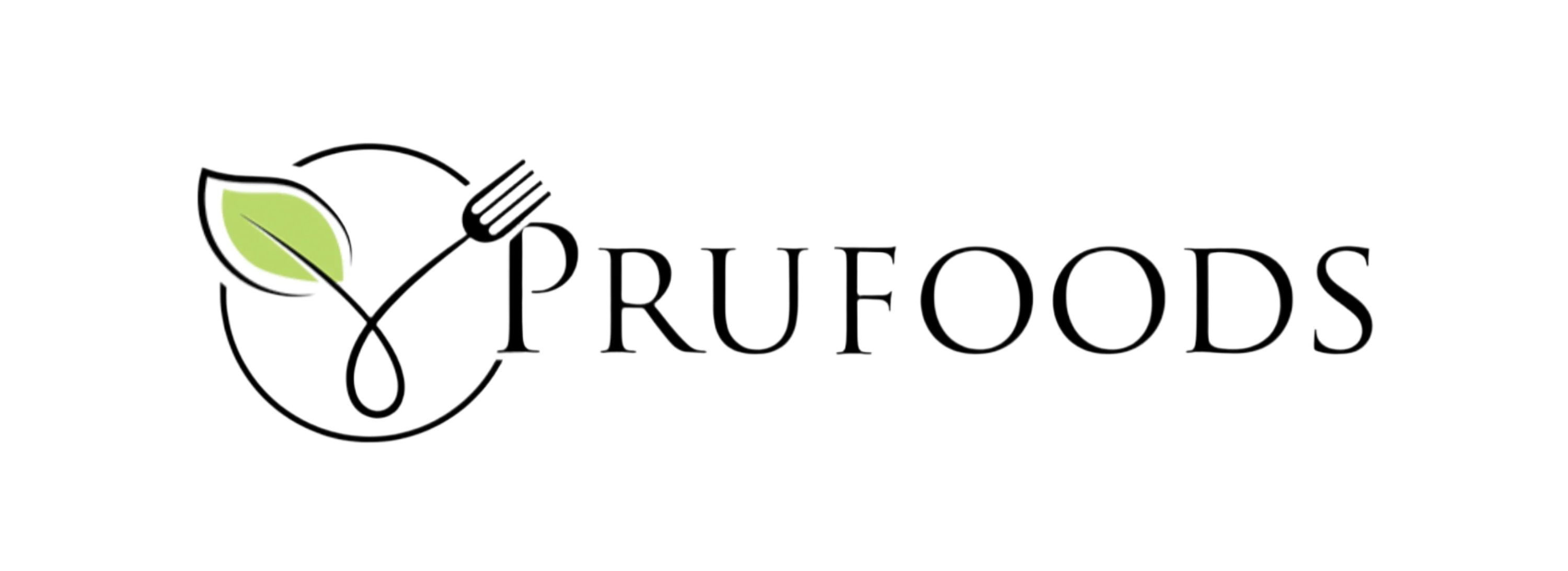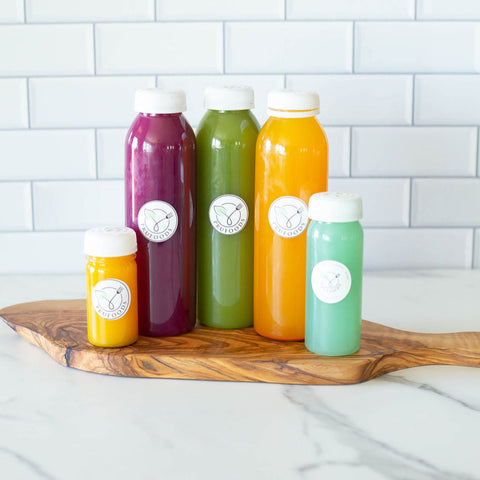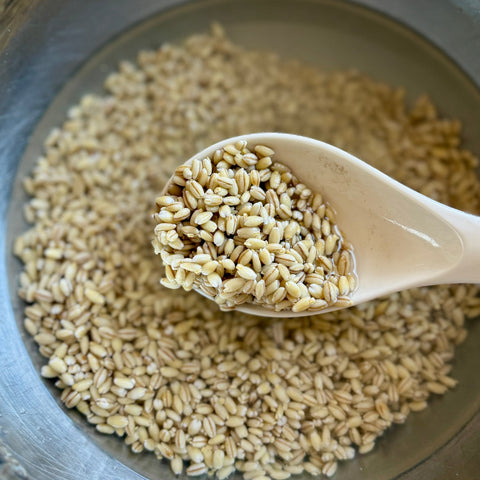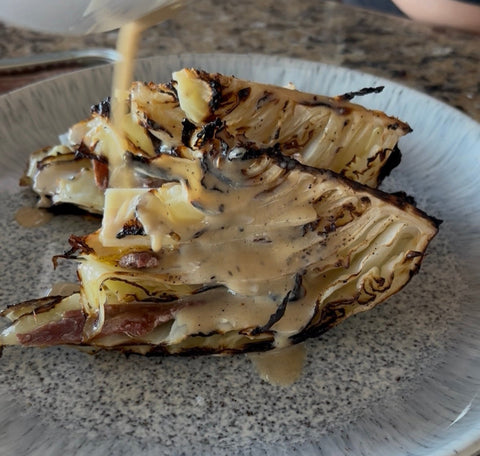When it comes to resetting your body and supporting overall health, both juicing and fasting offer powerful, but different, benefits.
There’s no one-size-fits-all approach — the best method depends on your goals, your body’s needs, and where you are in your personal health journey.
Both practices work by giving your digestion a break, but they support healing and renewal through slightly different mechanisms.
Juicing: A Gentle Reset
Juicing floods your body with concentrated nutrients from fruits and vegetables while resting your digestive system. Because juices are fiber-free, they require very little effort to digest, allowing your body to redirect energy toward detoxification, repair, and nutrient absorption.
Benefits of Juicing:
-
Gives digestion a break while still nourishing the body
-
Provides high concentrations of vitamins, minerals, and phytonutrients
-
Hydrates and flushes out waste products
-
Helps assess your relationship with food and emotional eating habits
-
Can support gentle detoxification without extreme deprivation
Note: Since juices contain natural sugars, extended juicing (beyond 7–10 days) may not be ideal without professional supervision.
Fasting: Deep Cellular Repair
Fasting, especially water fasting (no food, only water), triggers a deeper process called autophagy — where your body breaks down and recycles damaged cells to promote healing and renewal.
It also helps clear senescent cells (sometimes called "zombie cells") that contribute to inflammation and aging.
Regarding gut lining:
Short-term fasting may support gut rest and improve gut barrier function, helping reduce intestinal permeability ("leaky gut") and giving the gut lining a chance to repair — but this effect is more prominent during longer fasts (48+ hours) and in individuals with existing inflammation.
Benefits of Fasting:
-
Triggers autophagy (cellular recycling and repair)
-
Helps eliminate damaged, senescent ("zombie") cells
-
Resets insulin sensitivity and blood sugar regulation
-
May support gut healing and immune regulation
-
Reduces systemic inflammation
-
Mental clarity and emotional resilience often improve after 48–72 hours
How Benefits Unfold Over Time
Here’s an easy-to-read comparison chart showing when major benefits start to occur for both practices:
| Timeframe | Juicing Benefits | Fasting Benefits |
|---|---|---|
| 12–24 hours | Digestion rest begins, hydration improves, light detox | Blood sugar drops, ketones begin to rise |
| 24–48 hours | Nutrient infusion, improved skin glow, reduced bloating | Deeper fat burning, mild autophagy starts |
| 48–72 hours | Enhanced energy, mental clarity, taste buds reset | Strong autophagy, gut lining rest, significant inflammation reduction |
| 3–5 days | Emotional eating patterns emerge, detox symptoms may peak and clear | Deep cellular recycling, immune system regeneration |
| 5–7 days | Renewed digestion, improved food sensitivities, lighter body feeling | Full systemic reset, major autophagy and gut repair processes active |
Choosing What’s Right for You
-
If you are new to cleansing, have a high activity level, or want gentle nourishment with detox, juicing may be the best place to start.
-
If you are experienced, seeking deep cellular repair, or want a metabolic reset, a fast (even a 24–48 hour fast) could offer deeper benefits.
Listen to your body — and remember that health is about long-term balance, not extreme deprivation.
Final Thoughts
Whether you choose juicing, fasting, or a combination of both at different times in your life, the goal is the same: to support your body’s innate ability to heal and thrive.
The best choice is the one that feels aligned with your energy, your needs, and your stage of growth. We're here to help.



